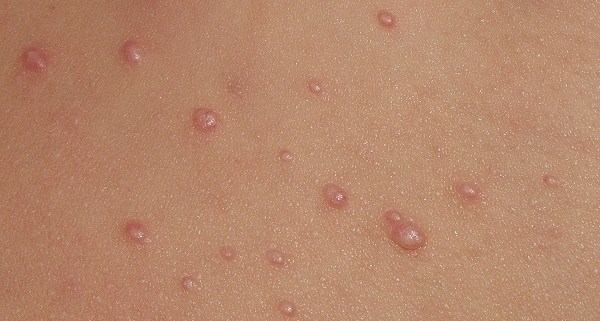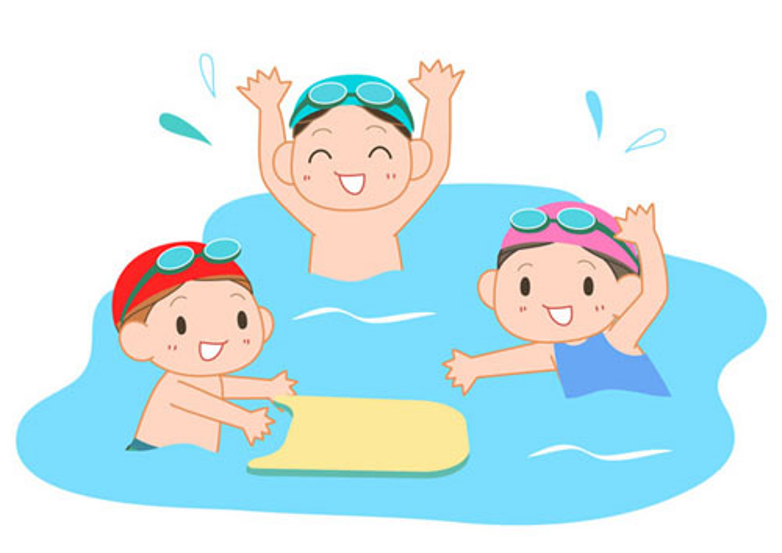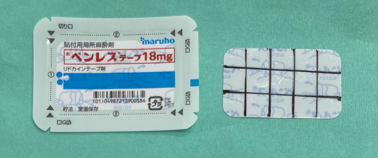What is molluscum contagiosum?
Molluscum contagiosum, otherwise known as water warts, a common viral infection to the skin, especially in small children caused by molluscum contagiosum virus. The infected skin raises alone or en masse anywhere in the body with its characteristic watery, dome-shaped appearance with or without a dimple in its center.

How do you get molluscum contagiosum?
You get water warts through direct skin-to-skin contact, or indirect contact via something such as towels. In a swimming pool, direct skin-to-skin contact between children or indirect contact such as taking turns using a beat board or floatation ring can cause infection. Pool water itself does not transmit water warts.

The diagnosis of water warts and its treatment
In many cases, the diagnosis of water warts is possible after a dermatologist recognizing the characteristic shiny, dome shaped bumps.
Physical removal of the water warts is a fundamental approach in the treatment of molluscum contagiosum. We treat water warts by directly pinching them off with special forceps. Direct removal, however, accompanies pain, and to reduce the pain during the procedure, we advise the patient apply a Lidocaine tape, an anesthetic tape (Penles® Tape) (photo 1) onto the warts prior to the procedure.
Rapid spreading of the warts in children or multiple warts formation in adults may be suggestive that the patient has a certain degree of skin barrier dysfunction such as atopic eczema. Immunodeficiency may also be an underlying cause in adults with multiple relatively large water warts.
Physical removal of the water warts is a fundamental approach in the treatment of molluscum contagiosum. We treat water warts by directly pinching them off with special forceps. Direct removal, however, accompanies pain, and to reduce the pain during the procedure, we advise the patient apply a Lidocaine tape, an anesthetic tape (Penles® Tape) (photo 1) onto the warts prior to the procedure.
Rapid spreading of the warts in children or multiple warts formation in adults may be suggestive that the patient has a certain degree of skin barrier dysfunction such as atopic eczema. Immunodeficiency may also be an underlying cause in adults with multiple relatively large water warts.

Photo 1. Penles® Tape
Application of Penles® Tape and its precautions
After your child having the diagnosis of the water warts and the parents receiving the anesthetic tape, Penles® Tape at the clinic, please draw a line on the tape and cut it into approximately 1cm squares as shown in photo 1. After that, apply each piece onto each wart at least one hour prior to your next visit time to the clinic. Although Penles® Tape anesthetizes the area where it is applied, the extent of pain relief each individual can benefit from varies. Therefore, maximal number of the water warts removed at one procedure is 15 at the clinic. Also please be informed that the procedure is limited to once a week.
If you have multiple warts, a single procedure may not be enough to eradicate the warts, and serial procedures can be required. Even if all the water warts seem to be removed, new warts that have been in their latent phase may appear afterwards. Please be advised to carefully observe the skin even after seemingly complete disappearance of the warts.
If you have multiple warts, a single procedure may not be enough to eradicate the warts, and serial procedures can be required. Even if all the water warts seem to be removed, new warts that have been in their latent phase may appear afterwards. Please be advised to carefully observe the skin even after seemingly complete disappearance of the warts.

